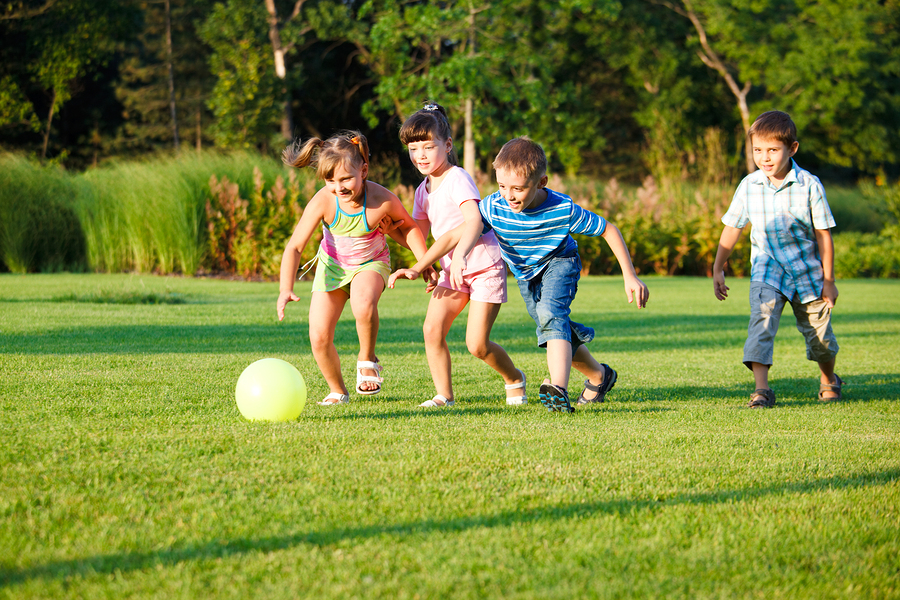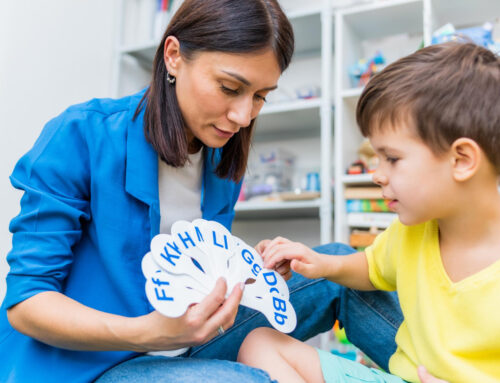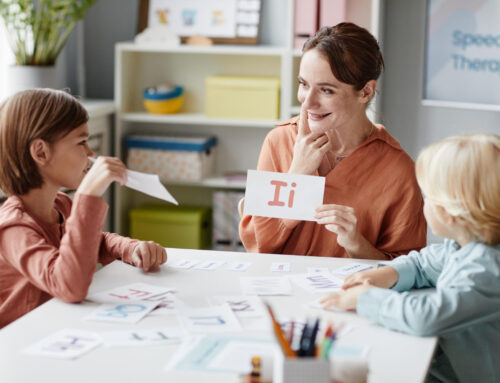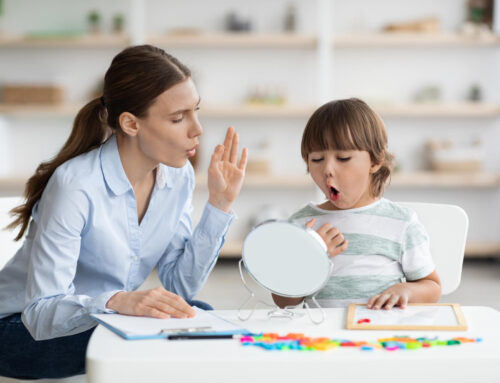
-
- Improving technology and the growing comforts of being indoors has many of us, including children, intentionally and unintentionally avoiding the outside world. School-aged kids already spend most of their waking hours inside a school building metaphorically chained to their desks and to their demanding textbooks or computers. Then, once the school bus drops them off at home, they immediately retreat to their rooms to complete homework, to watch, TV, or to play games on their I-PAD into the late hours of the night. If they were lucky, they spent anywhere between 10 to 20 minutes on the playground to enjoy that long lost friend called “fresh air”.
Harvard Medical School referenced a man named Richard Louv (2008) who coined the term “nature-deficit disorder” which is a condition that plays off of attention deficit hyperactivity disorder (ADHD). Researchers have found in recent years that children who are deprived of exposure to the outdoors have increasing trouble with concentration. Additionally, children with ADHD have an easier time concentrating during the day if they spend time outside. A prescription for better health: go alfresco
So, aside from improvements in concentration, what other health benefits does spending time outside grant to young children? Here are some examples from an occupational therapy perspective:
It’s one of the best forms of exercise for children
The outdoors automatically takes away boundaries that indoor environments innately provide. There’s more space to run around, to play sports, to climb playground or treehouse equipment, etc. Outdoor spaces allow children to participate in activities that provide tons of feedback to muscle tissue and to burn excess energy.Playing outside teaches self-exploration and creativity
Children have an opportunity to be adventurous and to try activities that they haven’t explored before. Sifting through the dirt, climbing trees, rolling through the grass, catching bugs, splashing in puddles, and building snow forts…these are all examples of outdoor activities that spark those creative flames in children.Playing outside enhances social participation
Participating in play activities outside allows for more opportunities to develop friendships outside of a classroom or other structured setting. Such activities like playing tag, kicking a ball around, or playing hide-and-go-seek teaches children how to see each other in a different light and to develop healthy communication and relationships.Outdoor amenities allow for gross and fine motor skill development
Collecting rocks, shoveling sand, throwing a Frisbee, dribbling a ball, scaling the monkey balls, riding a bike, and self-propelling on a swing are all outdoor activities that offer children necessary opportunities to further develop essential motor skills. Movement learned in outdoor play activities can be translated to other essential activities as the child grows (i.e., chores, competitive sports, etc.).Outdoor play provides opportunity for self-regulation
Self-regulation is defined as having the ability to monitor and control our own behavior. Children who lack self-regulation skills struggle when emotions and sensory stimulation runs high. For children who can’t find a healthy outlet for over-stimulation indoors might be able to let off some overwhelming emotions by simply being outside. R.M. von Kampen (2011) presented a thesis about outdoor play and self-regulation skills in a child with autism. Her results revealed that the participating child showed positive improvement in self-regulation skills by participating in selected tasks outdoors as opposed to indoors.Outdoor exposure exercises all of the human senses
By keeping our children indoors on a constant basis, we only allow their senses to experience artificial living scenarios. By providing our children with outdoor exposure, we allow their senses (taste, touch, smell, hearing, vision, vestibular, and proprioception) to fully experience what the world has to offer.As a parent or a caregiver, here are some tips on how to incorporate outdoor activity into your child’s lives:
- Intentionally get your child outside every day, even if it’s only for a few minutes due to tight schedules or bad weather.
- Set rules about time spent on computers, phones, TVs, or I-pads.
- If your child doesn’t want to spend time outside, come up with a to-do list of fun outdoor chores that they need to complete before coming back inside the house
- Play with them! Get outside yourself so that your children can play with you and have more reason to enjoy the outdoors
- Improving technology and the growing comforts of being indoors has many of us, including children, intentionally and unintentionally avoiding the outside world. School-aged kids already spend most of their waking hours inside a school building metaphorically chained to their desks and to their demanding textbooks or computers. Then, once the school bus drops them off at home, they immediately retreat to their rooms to complete homework, to watch, TV, or to play games on their I-PAD into the late hours of the night. If they were lucky, they spent anywhere between 10 to 20 minutes on the playground to enjoy that long lost friend called “fresh air”.





